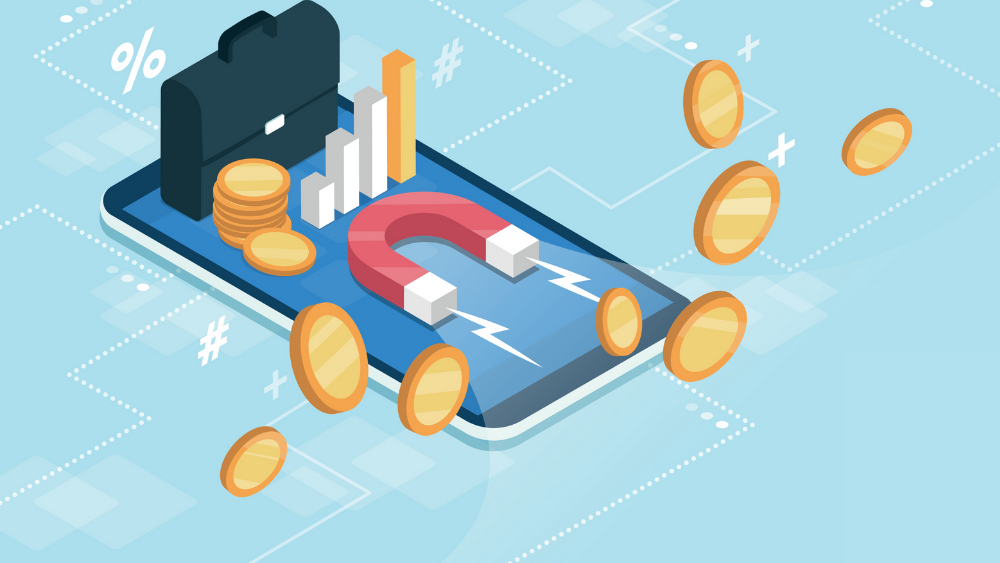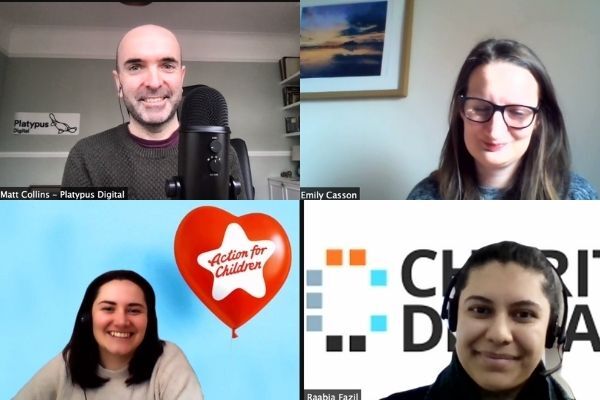Insights
INSIGHTS
All Topics
My Account
Free survival toolkit for digital fundraisers
24 Feb 2021by Aidan Paterson
When planning a digital fundraising campaign, it is important to have the right tools. This free online resource from Access is designed to help charities plan successful 2021 fundraisers
The Access Group have enabled thousands of Not-For-Profit organisations run more efficiently and raise more money. Whether you’re attracting supporters or members, fundraising, managing visitors, controlling finances or dealing with staff, their integrated not-for-profit software makes it easy to do more.
2020 was the year that the whole world went digital. When COVID-19 struck, people turned to the internet in record numbers to access news, work, entertainment and everything else. Internet activity soared – with users spending a record average of four hours and two minutes online every day.
This has had massive ramifications for the charity sector. Most charities rely on donations to continue to operate. With traditional fundraising avenues no longer viable, charity workers turned to digital –many of them for the first time.
This coincided with an uptick in social media use. Before the first lockdown, the average person spent almost two and a half hours a day across their chosen platforms. During this initial lockdown, 54% of younger users reported spending more time on social media.
They aren’t alone. People of all ages began moving their social lives online. In fact, 27% of baby boomers (people aged 56–74 years old) report spending more time on social media because of the COVID-19 outbreak.
The charity sector has been quick to respond to these changes and embrace the world of digital fundraising. Charities were able to ride the social media wave and cash in on changing donor habits. 2020 saw the number of donors making cash donations (traditionally the public’s favourite way to give) drop from 34% to 13%. This is not to say that giving stopped. In fact, online and app-based giving almost doubled in the same period of time.
We are now at a point in time where most charities have had their new digital fundraising systems and procedures in place for some time. This is an opportunity to evaluate: to assess what is working well and what could be done better.
If 2020 showed us anything, it is that digital fundraising is here to stay. It doesn’t matter if you’re a specialist digital fundraiser, or a fundraiser that has found themselves unexpectedly specialising in digital, we all need the right tools to improve our work.
Survival Kit for Digital Fundraisers
In this competitive fundraising climate, it is important to present a cohesive fundraising journey from beginning to end
That’s why Access have launched the Survival kit for Digital Fundraisers.
The toolkit can help charities to build a holistic approach to their fundraising strategy. Even charities that had a successful 2020 in terms of digital fundraising can optimise and improve in order to set themselves up for an even more successful 2021.
This free online resource covers 11 key areas of digital fundraising, giving guidance planning and executing all phases of a campaign.
Secrets for CRM fundraising success
One of the most powerful tools at a fundraiser’s disposal is a CRM system. In a digital era, successful decision-making is data-driven decision-making.
A CRM solution allows organisations to take a systematic approach to their fundraising activity. By collating data on your supporters, you can build a better profile of their habits and needs in order to make evidence-based decisions. Automated campaign tracking allows you to monitor live campaigns and make adjustments in real time.
A fundraising CRM will give you the ability to make more informed decisions and tailor your campaigns and messages to the real-world needs of your donors. This will simplify event planning processes and allow you to respond more quickly to challenges and obstacles.
A good website is essential
A good website is one of the most important aspects of any fundraising campaign. Even if you are utilising external fundraising platforms, your website is still likely to function as an anchor for your campaign.
Your website should be the primary digital platform for your message. It is the first place anyone who is not familiar with you and your work will look. Charities with a smooth and well-functioning user journey will be at an advantage when converting potential supporters into donors.
Your website should link clearly and prominently to any active campaigns, perhaps in the form of donation buttons. This will make donation as simple and appealing as possible.
Digital is the future (and the present) of donation
Digital donations have been on the rise for some time now, as we increasingly move towards a cashless society.
Charity donations have historically lagged behind other transactions when it comes to making the leap to digital. But this has changed drastically in the wake of COVID-19.
The number of donors giving online or through apps rose sharply from 13% to 24% in just one month, between March and April 2020.
This trend is no flash in the plan. The pandemic has driven everyone online and consumer behaviours have changed. They will not change back. Digital will continue to become an even more important part of charity fundraising.
That’s why charities with digital donation platforms will be best placed to whether the current period of economic uncertainty.
The most important thing is to make the donation journey as simple and easy as possible. A difficult or onerous process will drive potential donors away. A well-chosen payment gateway with a clear call to action and a smooth integration with a donation page is essential.
Download the toolkit to learn more and get your 2021 fundraising off to the right start.
Get the Toolkit
Download the free digital fundraising survival toolkit
Aidan Paterson
More on this topic
Recommended Products
Our Events
Charity Digital Academy
Our courses aim, in just three hours, to enhance soft skills and hard skills, boost your knowledge of finance and artificial intelligence, and supercharge your digital capabilities. Check out some of the incredible options by clicking here.


















